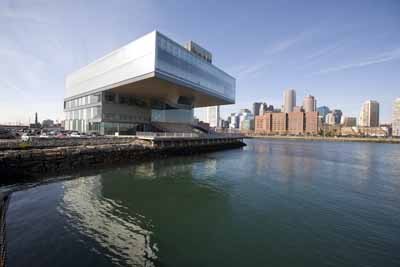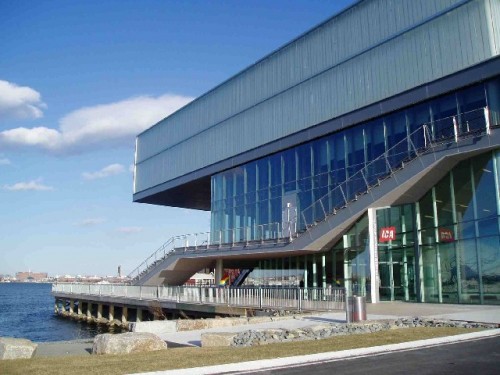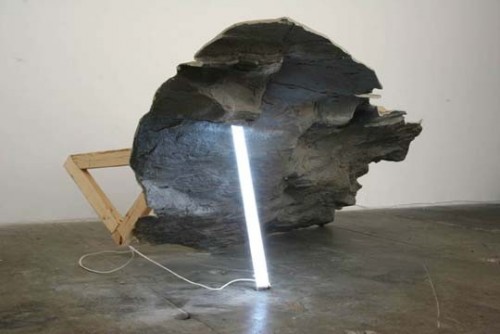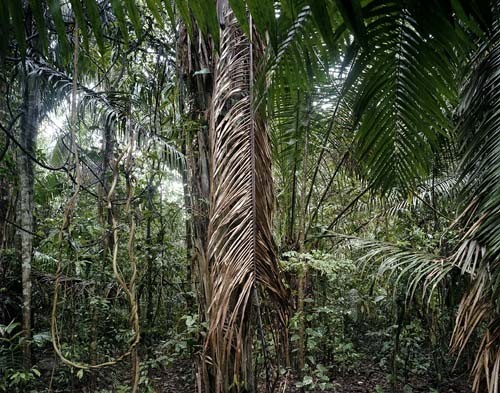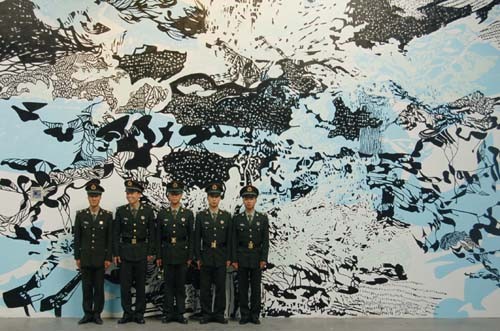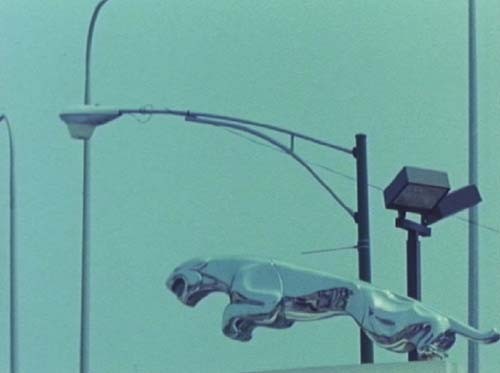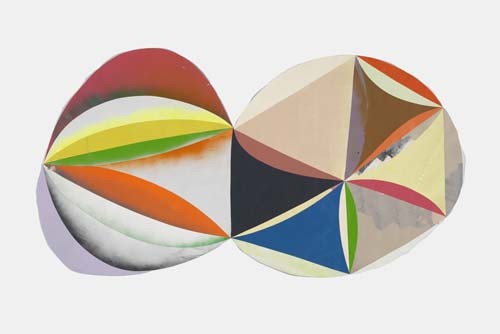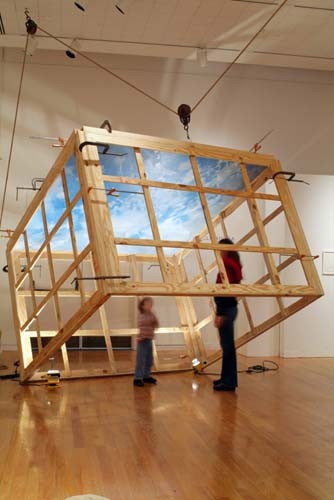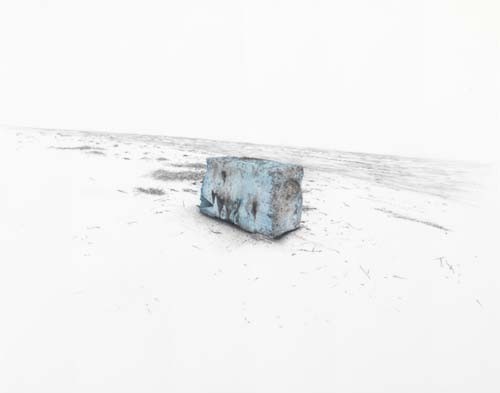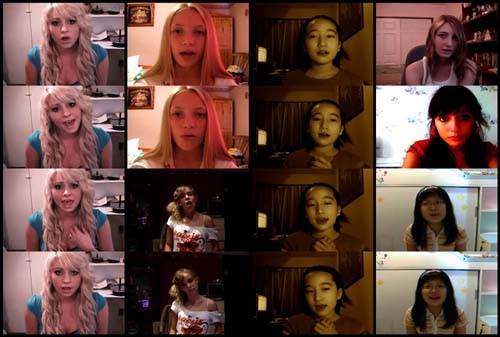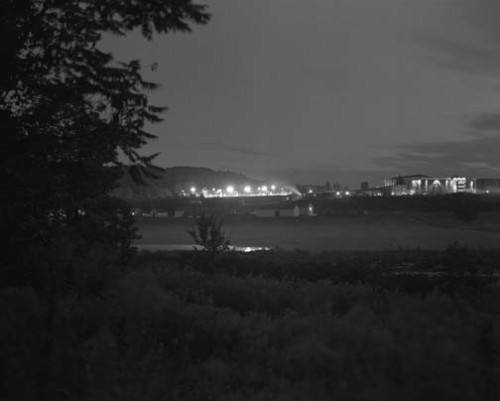Foster Prize Finalists Named By ICA
Nine Emerging Boston Artists To Exhibit
By: Mark Favermann - Feb 05, 2010
Visual art prizes are rare in Boston. Traditionally, in many ways Boston has been a literary/musical culture city. However, in the last few decades there have been attempts to recognize artistic talent in the visual arts. Notable have been the various alternating year grants from the Massachusetts Cultural Council, the Maud Morgan Prize to honor under appreciated mid-career women artists presented at the Museum of Fine Arts and the James and Audrey Foster Prize presented by the Institute of Contemporary Art. The Massachusetts Cultural Council Awards are spread out between disciplines and are state-wide rather than focused on Greater Boston residents. Awkwardly, the Maud Morgan award has been dormant for the past several years. The last one, the 13th, was given in 2006. It is expected to be resurrected in 2010 when the MFA opens its new addition and completes its major renovation. Perhaps, this means more space for living Boston artists? However, the Foster Prize is a continuing program that honors finalists by exhibiting their work and rewarding the prize winner with $25,000, the largest prize given to visual artists in the region. Beginning in 1974, funding for Massachusetts Cultural Council Fellowship winners presently ranges from $500 to $7500. The Maud Morgan Prize is $5000 for purchase of a work of art by the artist recipient for the MFA's collection. A small MFA corridor exhibit of the artist's work is part of the prize as well. The 2010 James and Audrey Foster Prize, the ICA's biennial award and exhibition program for Boston-area artists, is being presented this year in an expanded format. The 2010 Foster Prize exhibition includes nine artists whose work represents a wide range of mediums—from sculpture and installation to film and video to painting, drawing and photography. Each of the finalists will participate in an exhibition at the ICA that opens Sept. 22, 2010 continuing through Jan. 30, 2011. The ICA features examples the work of the finalists in a featured exhibit. The winner of the prize will be announced in January 2011. According to Jill Medvedow, Director of the ICA. "This year's exhibition more than doubles the number of local artists participating in the program, bringing increased focus to the impressive work being created in Boston's vibrant art scene." The Foster Prize was first established in 1999. The James and Audrey Foster Prize (formerly the ICA Artist Prize) is a key focus of the ICA's efforts to nurture and recognize Boston-area artists of exceptional promise. From a family of major arts patrons (The Foster Gallery at the MFA, the Foster Wing at the Rose Museum at Brandeis, etc.), James and Audrey Foster, passionate collectors and supporters of contemporary art, endowed the prize with a $1 million gift. The artist finalists include Robert de Saint Phalle, Eirik Johnson, Fred Liang, Rebecca Meyers, Matthew Rich, Daniela Rivera, Evelyb Rydz, Arnie Siegel and Steve Tourlentes. Robert de Saint Phalle is a sculptor interested in "the space between what a thing seems to be and what it is." He works with florescent bulbs, fiberglass and incorporates CT scans and Rapid Prototyping into his work. Eirik Johnson is a photographer whose latest work includes large-scale images of the Peruvian Amazon. He has include a sound element. Both teach at Massachusetts College of Art and Design. Fred Liang uses sources that include traditional Chinese paper cut or Jian Zhi and Song Dynasty scroll paintings. He intertwines Eastern and Western philosophy, Taoist poetry and art and science in his work. There are "references to ephemeral and temporal places near and far as well." Rebecca Meyers is a filmmaker who works in 16mm film. Her recent films investigate the natural world that exists alongside our urban environments. Matthew Rich makes paintings that straddle the boundary between two and three dimensions. A lecturer at Northeastern University, he works with latex paint and cut paper in a sculptural way. Daniela Rivera creates paintings on three dimensional structures and installations. Her work references and extracts from decorative paintings from the 17th and 18th centuries, especially frescos and murals, which she calls "deceiving visual decorations of indoor spaces." She is an assistant professor at Wellesley College. Evelyn Rydz creates intricate and highly detailed drawings based on her photographs of objects and places. Currently, she is working on two series of drawings related to the Boston coastline. The first depicts items the sea rejected; the second creates places that the sea and the objects exist together. Amie Siegel works in both 16mm and 35mm film, video, photography, sound and writing, often using the cinematic image as a material means to a conceptual end. She received a fellowship from the John Simon Guggenheim Memorial Foundation. She was included in the 2008 Whitney Biennial. Steve Tourlentes is a photographer who for the past several years has been photographing prisons across the U.S. In his artist statement, he writes, "Prisons exemplify a ritualistic use of time and/or 'death' to mediate a facet of complex social interactions and public policy. These temporal sites reflect a boundary of the social compact through their location, population, and social mandate." The last two Foster Prize biennials were heavily conceptual: the artists were more about being clever than creating beauty and form. Thus, the exhibitions were about reading and thinking than actually seeing and experiencing art. Not aesthetically embracing and very academic may be kind descriptions of most of the last two groups of finalists' work. This biennial group appears to be much different. The 2010 Foster Prize Finalists seem all to be working with issues of beauty, form, content and context. This Fall's exhibition should be intriguing and visually enriching. An interesting note is that several of the previous Foster Award recipients have had their work purchased by the ICA for the museum's recently started permanent collection.

